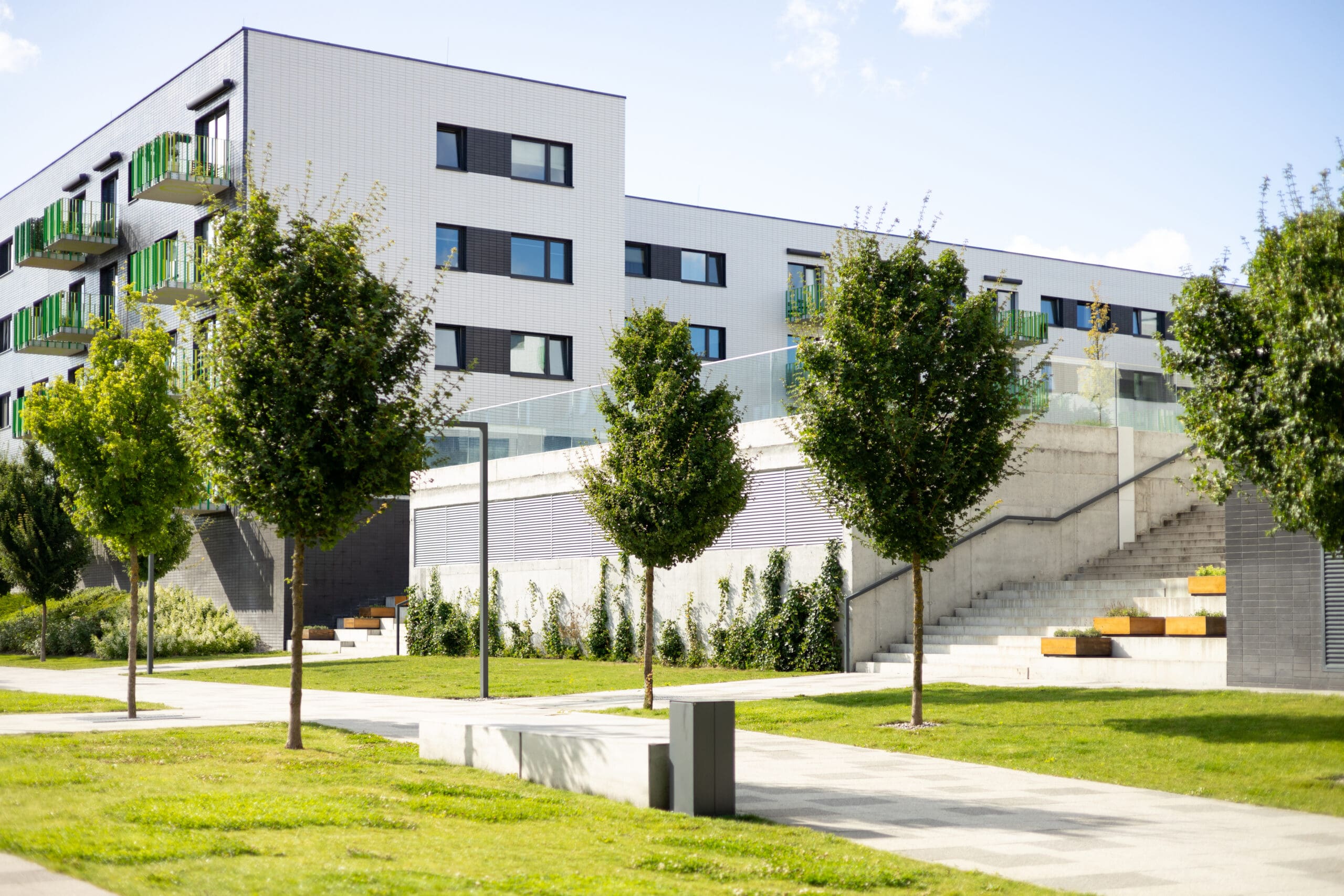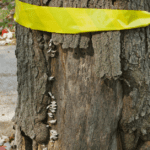
We’re well into the dog days of summer, and while your clients may be fretting about their turf, make sure their trees aren’t being overlooked.
Do Water Consistently
Both newly installed and mature trees can struggle during hot, dry periods.
“You have to inspect the trees, especially this time of year,” says Manny Nassar, technical advisor for Southeast U.S. residential/commercial service line with the Davey Institute. “This is when they’re most stressed. Take a soil probe. Put it in the ground and see what’s going on with the soil. Is it powdery dry? If it is, imagine what these trees are going through.”
Nassar notes that the number one killer of trees, aside from improper planting, is overwatering and underwatering.
“Checking on them periodically making sure that they have the proper irrigation and if they’re not, if there isn’t an irrigation setup on the property, making sure that they’re checking in with the homeowner or the business owner, making sure they’re somehow getting water those trees during hot and dry periods of the summer,” Nassar says.
For newly installed trees, Nassar advises having bubbler irrigation or spray heads cover the entire root area. If there isn’t an irrigation system, watering bags can help during hot, dry periods.
The watering frequency for mature trees will depend on the size of the tree.
“Most common shade trees – oaks, maples, elms – during hot, dry periods, they’re probably going to require anywhere from 200 to 300 gallons of water a week,” Nassar says.
Nassar says it is possible to overwater trees during drought conditions, though it is difficult to do with sandy soils.
“During the hottest, driest periods, you can still over water where you have very poor drainage and the soil structure isn’t really that good,” Nassar says. “If it’s really compacted clay soil, if they’re watering so much where the water does penetrate into that root area, but it’s not going anywhere, then you cause root rot.”
He says you have to educate your client on the water needs of their trees, but at the end of the day they’re going to do what they want to do.
Don’t Overmulch

While it can be tempting to use more mulch to help trees retain moisture during dry periods, overmulching is a major problem. Commonly referred to as volcano mulching, it can result in insect infestations and root girdling.
“You want to leave a two to three-inch buffer where mulch is not piled up against the trunk,” Nassar says. “If you’re mulching an existing tree ring or if there’s already a lot of mulch in there, but the homeowner wants to freshen it up, I would recommend removal of that old mulch and then replacing with fresh mulch at a depth two to three inches, leaving a two to three-inch buffer around the trunk.”
Do Protect Critical Root Zones and Tree Trunks
Because summer is the time when the most mowing occurs, trees are also the most at risk for mechanical damage from mowers and string trimmers.
“Let’s say you’ve got somebody mowing and they’re string trimming and the grass is almost growing up to the trunk and as they damage that trunk with the string trimmer or with a mower, then that’s going to compromise the health of that tree,” Nassar says. “That could lead to fungal pathogens entering the tree.”
Be cognizant of trees’ critical root zone when construction work is going on. Nassar says it’s important to try to protect these areas of the tree.
“If you’re putting in a patio, or you’re going to put in a pool, protect the integrity of that critical root zone,” Nassar says. “If you start putting machinery out there that’s slow compacting and then digging in and destroying root systems, then that’s another thing that I see a lot in the summertime because that’s the time of year when people do the most things outside.”
Don’t Overprune
Pruning in the summer is very species-specific, and Nassar says you never want to prune oak or elm trees in the summer.
Removing more than 25-30% of the foliage at one time also takes a lot of energy away from the tree in the summer.
Nassar adds that when trees are stressed, they release pheromones that attract insects. He advises against pruning in the summer. He says having an integrated pest management program and checking trees regularly can help you catch early warning signs of an infestation and make recommendations.




